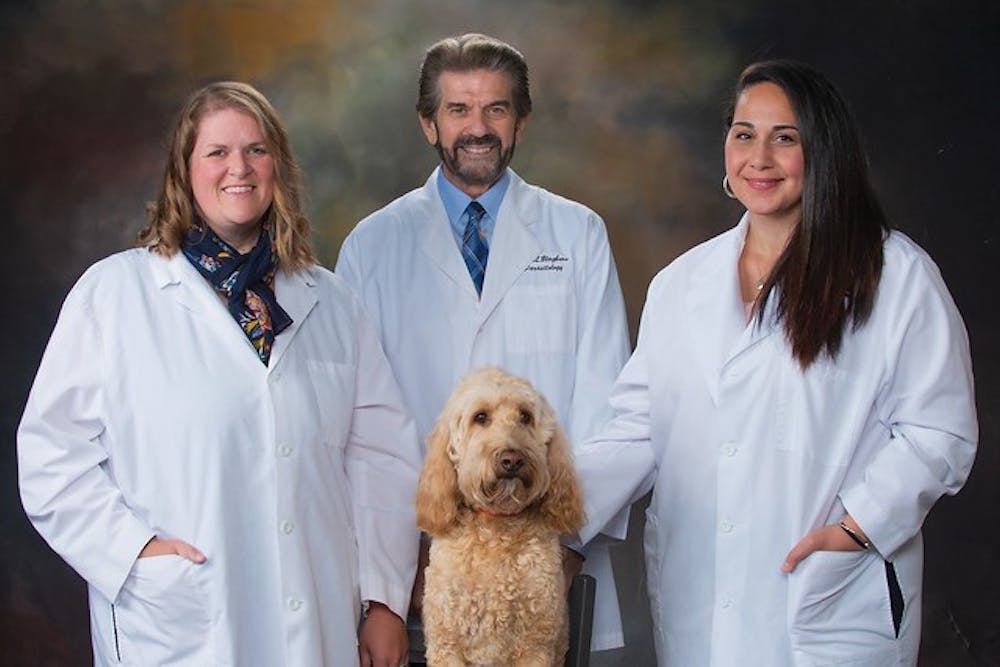AUBURN, Ala. (EETV) - Auburn University researchers (pictured from left) Assistant Professor Lindsay Starkey, Professor Byron Blagburn, and Associate Proffesor Sarah Zohdy have developed a new heartworm detection method that is fast and can be paired with other tests for maximum knowledge on the health of your pet.
“This approach to heartworm testing could change the way we diagnose heartworm infections in dogs,” said Blagburn. “It also could prove useful in many situations, including at shelter and rescue organizations.”
This research was a collaboration between The College of Veterinary Medicine's Department of Pathobiology, the Mass Spectrometry Lab in the College of Science and Mathematics, and the School of Forestry and Wildlife Sciences.
This new method allows noninvasive sampling of breath volatiles in less than two minutes, and is followed by gas chromatography to detect key compounds present in only infected animals.
“This noninvasive technology might also potentially assist with heartworm diagnosis in other affected species like humans and/or cats,” Starkey said. “However, we have not yet looked at cats.”
Canine heartworm disease is caused by Dirofilaria immitis, a mosquito-borne pathogen that infects the heart and lungs of dogs, cats and ferrets. Present in both developed and developing nations, this pathogen may infect up to 800,000 dogs in the United States alone. Because it can be fatal, annual testing is recommended.
The prime benefit of this new research is that it is painless for the animal. Also, if this new method proves effective for other species, it could be much more efficient than currently used methods for detecting infections.
Auburn has filed for a patent on the technology and is currently seeking a co-development partner to make it market-ready.







